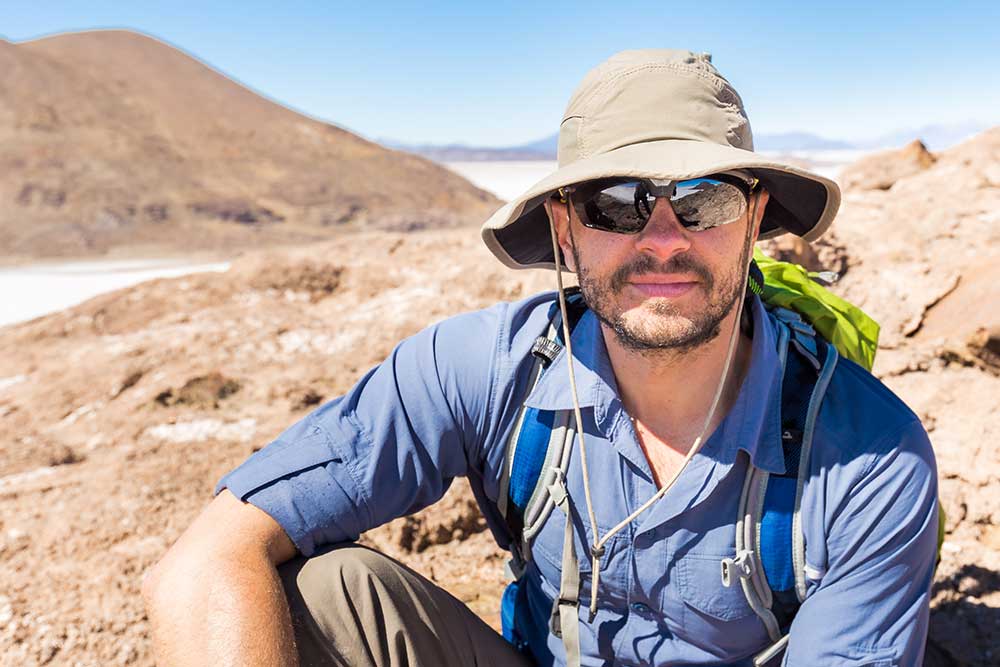All Categories
Featured
Table of Contents
What Geophysicists Do in Coolbellup Western Australia 2020

(PREM)., and the limits in between layers of the mantle are constant with stage transitions.

This makes plate tectonics possible. Schematic of Earth's magnetosphere. The solar wind Circulations from left to. If a world's electromagnetic field is strong enough, its interaction with the solar wind forms a magnetosphere. Early area probes mapped out the gross measurements of the Earth's electromagnetic field, which extends about 10 Earth radii towards the Sun.
Inside the magnetosphere, there are reasonably dense areas of solar wind particles called the Van Allen radiation belts. Geophysical measurements are generally at a specific time and place.
Geophysical Survey And Investigations in South Perth WA 2021
A three-dimensional position is computed utilizing messages from 4 or more visible satellites and described the 1980 Geodetic Recommendation System. An option, optical astronomy, integrates astronomical coordinates and the regional gravity vector to get geodetic collaborates. This approach only supplies the position in 2 coordinates and is more hard to utilize than GPS.
Relative positions of two or more points can be determined using very-long-baseline interferometry. Gravity measurements entered into geodesy due to the fact that they were required to associated measurements at the surface of the Earth to the referral coordinate system. Gravity measurements on land can be used gravimeters released either on the surface area or in helicopter flyovers.
Water level can also be measured by satellites utilizing radar altimetry, adding to a more accurate geoid. In 2002, NASA launched the Gravity Healing and Environment Experiment (GRACE), where two twin satellites map variations in Earth's gravity field by making measurements of the distance between the two satellites utilizing GPS and a microwave varying system. Satellites in space have actually made it possible to collect data from not just the visible light region, but in other locations of the electromagnetic spectrum. The worlds can be identified by their force fields: gravity and their electromagnetic fields, which are studied through geophysics and space physics. Determining the changes in velocity experienced by spacecraft as they orbit has actually allowed fine information of the gravity fields of the planets to be mapped.
Geophysicist Salary And Job Description 2023 in Hilton Western Australia 2022

Because geophysics is concerned with the shape of the Earth, and by extension the mapping of features around and in the planet, geophysical measurements consist of high precision GPS measurements. When the geophysical measurements have been processed and inverted, the interpreted results are outlined using GIS.
Many geophysics companies have actually designed in-house geophysics programs that pre-date Arc, GIS and Geo, Soft in order to satisfy the visualization requirements of a geophysical dataset. Expedition geophysics is applied geophysics that typically uses remote noticing platforms such as; satellites, aircraft, ships, boats, rovers, drones, borehole sensing equipment, and seismic receivers.
Aeromagnetic data (aircraft collected magnetic data) collected utilizing standard fixed-wing aircraft platforms need to be corrected for electro-magnetic eddy currents that are developed as the airplane moves through Earth's electromagnetic field. There are likewise corrections related to modifications in measured potential field intensity as the Earth rotates, as the Earth orbits the Sun, and as the moon orbits the Earth.
Services Geophysical in Oakford WA 2020
Signal processing involves the correction of time-series data for unwanted sound or errors introduced by the measurement platform, such as aircraft vibrations in gravity information. It likewise involves the reduction of sources of noise, such as diurnal corrections in magnetic information., meteorology, and physics.
The magnetic compass existed in China back as far as the 4th century BC. It was used as much for feng shui when it comes to navigation on land. It was not up until good steel needles might be created that compasses were used for navigation at sea; prior to that, they might not retain their magnetism long enough to be useful.
By looking at which of eight toads had the ball, one could figure out the instructions of the earthquake.'s (1600 ), a report of a series of careful experiments in magnetism.
Geophysical Survey in Ardross Australia 2021
In 1687 Isaac Newton released his, which not just laid the foundations for classical mechanics and gravitation but also discussed a range of geophysical phenomena such as the tides and the precession of the equinox. The first seismometer, an instrument efficient in keeping a continuous record of seismic activity, was constructed by James Forbes in 1844. Geochemistry, Geophysics, Geosystems. National Aeronautics and Area Administration. Obtained 13 November 2018.
Runcorn, S.K, (editor-in-chief), 1967, International dictionary of geophysics:. Pergamon, Oxford, 2 volumes, 1,728 pp., 730 fig Geophysics, 1970, Encyclopaedia Britannica, Vol. Intro to seismology (2nd ed.).
Table of Contents
Latest Posts
Geophysical Survey In Archaeology in Samson WA 2023
Geology Careers: Degree Requirements, Cost & Salary in Subiaco Western Australia 2022
Geophysical Surveys: Definition & Methods in Armadale Western Australia 2022
More
Latest Posts
Geophysical Survey In Archaeology in Samson WA 2023
Geology Careers: Degree Requirements, Cost & Salary in Subiaco Western Australia 2022
Geophysical Surveys: Definition & Methods in Armadale Western Australia 2022